How to distinguish a chicken from a cockerel and determine the gender of a chicken
Replacement of part of the herd can be carried out by purchasing hens that have grown up to six months of age. However, experienced breeders argue that it is more expedient to update the livestock by replacing chicks with chicks grown in their own backyard.
The need to determine the sex of the chick arises after the offspring is obtained to assess the potential size of the possible profit. In addition, determining the sex of the born individual is important from the point of view of limiting the number of males in the total herd.
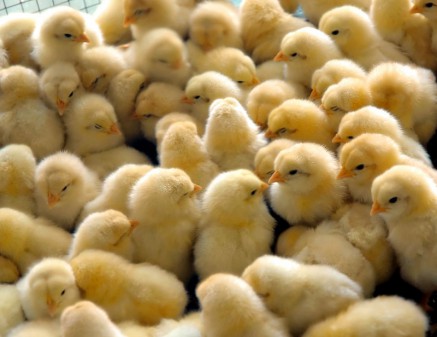
Content
How to determine the gender of a chicken: features
There are a number of ways to determine the sex of the chick, some of which are carried out several hours after the birth of the chick, while others require the individual to reach a certain age.The known methods of checking the sex of a bird also differ in accuracy, ranging from methods that have 100% reliability to highly controversial folk methods. It is possible not to be mistaken in carrying out the sexual identification of the chick using several verification methods with a high degree of reliability of the results.
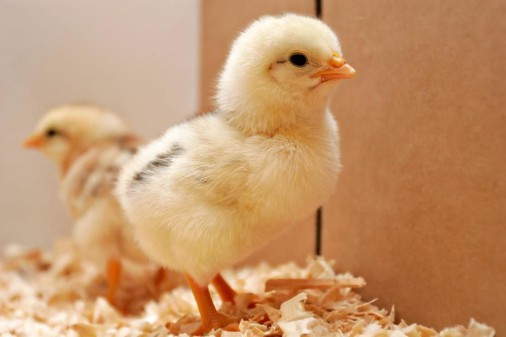
How to distinguish a chicken from a cock at different ages
Experienced breeders note that, depending on age, there are a number of signs regarding the appearance, size, behavior, allowing you to distinguish a chicken from a cockerel
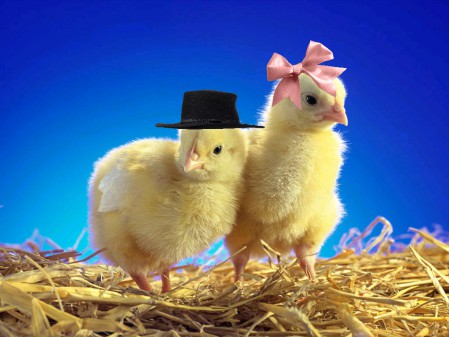
At day-old
Determining the sex of a chick at day old presents some difficulties due to the incomplete formation of distinctive features. For its implementation, it is necessary to pay attention to the color of the plumage of the chicks, in males in the first few days it will have a lighter color.
Video: the difference between a rooster and a chicken at a day old
At one week of age
For males at the age of 2-3 weeks, the characteristic features are a slower growth of tails compared to females; over time, males can be distinguished by the feathers that are absent in chickens and have a rounded shape.
Note! With a visually larger size, males among chickens are distinguished by a longer period required for fluff loss.
You can distinguish roosters from chickens at the age of 3-4 weeks by:
- advancing development and weight gain by males in comparison with females;
- aggressive behavior, manifested in the struggle for the best place in the chicken coop or food;
- a slower change in the layer of down compared to layers, in which by the 21st day, active coverage of the body with down begins, while the males have practically no hair coverage.
The listed methods have a fairly high degree of reliability, but in some cases they cannot be applied due to the peculiarities of the development of chickens of different breeds.
Video: how to distinguish a chicken from a cockerel at a week of age
At one month (1, 2, 3, 4 months) age
Distinctive features to distinguish males from females at 1, 2, 3 and 4 months of age as they mature in the herd:
- at the age of 1.5-2.5 months, males have a comb and a beard, and although a comb also appears in layers, it is difficult to confuse them due to the small size and yellow tint of the latter;
- at several months, the roosters in the herd can be distinguished by their more powerful and longer legs;
- at the same time, males are distinguished by a more round shape and a red color of the surface of the face;
By the way! The appearance of a scallop in a laying hen indicates that it belongs to a highly productive quail breed.
- at 3 months in males, the size of the tail increases, and spurs appear.
Important! When determining the sex of the chick, pay attention to the color of the comb. In males at the age of 90 days, it is colored bright red, in contrast to the mongrels, in which it acquires scarlet shades only during the maturation of the reproductive system.
- It is almost not difficult to distinguish a cock at the age of 4 months, since by this time such individuals have earrings and a scallop of large sizes, they are taller and more massive in build.
Video: how to distinguish a chicken from a rooster by plumage at the age of 3 months
Chicken sex determination methods
Other methods of carrying out sexual identification of a chicken are based on an assessment of its weight, pigmentation, developmental characteristics in the embryo stage, reflex and behavioral reactions. Experienced breeders practice determining the sex of chickens according to the following criteria.
To size
Since weight differences are visible between sexes throughout life, it is practiced to identify males in the general herd by weighing. According to statements, a difference of 1-2 g can be determined at one day of age.
Important! However, given the fact that chicks during this period have high mobility, which will cause frequent changes in the indicators on the scale screen, the method is very controversial.
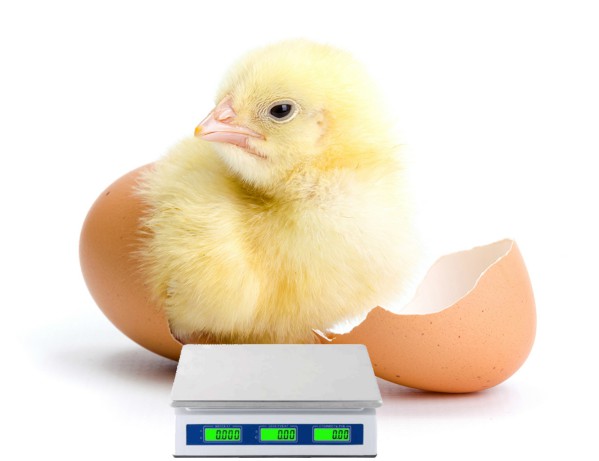
The method does not take into account the individual characteristics of the breed, despite the fact that even within the sample of one brood, swarms are sometimes heavier than males.
Note! The visual assessment of the parameters of each individual will be more accurate, while the males will have larger and wider paws, their head will be of a larger diameter, and its shape will tend to round outlines.
By feathers and wings
The basis for the method of determining the sex of the chicken by the wings is the fact that the plumage appears in females earlier, but chicks of the opposite sex have a wider wingspan and have larger flight feathers. Practical farmers can use the following method, which they claim is 65 to 80% reliable.
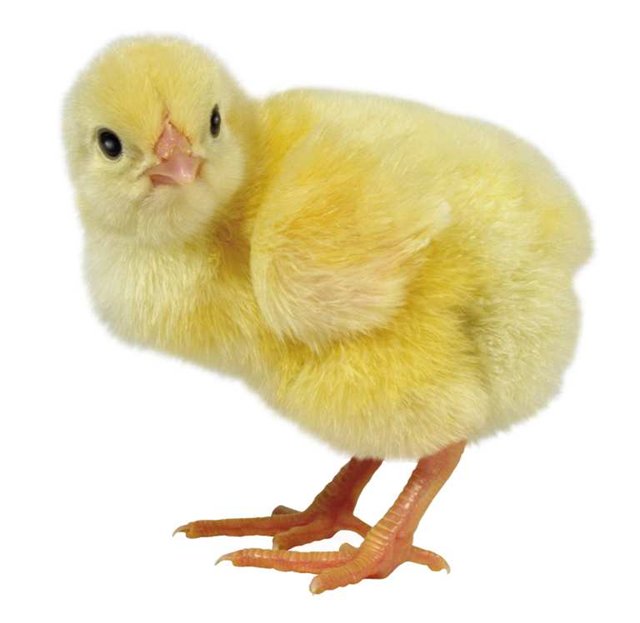
To find out the sex, the chicken is placed on the arm, after which its winglet is highlighted and spreads, on which all feathers will have a lighter color, the same length and dense arrangement. In contrast to them, the feathers of chickens will be sparse, have different sizes alternating with each other, with the exception of the first 7 pieces.
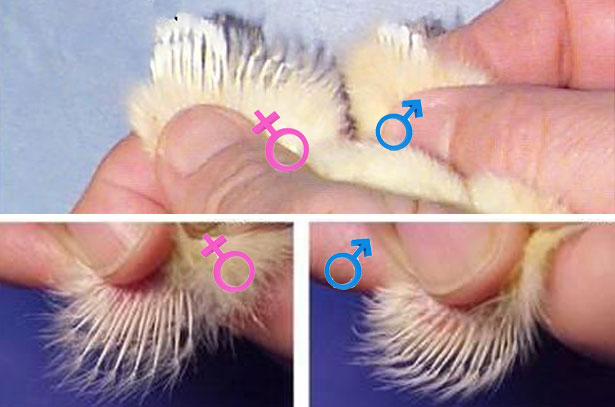
Video: determining the sex of the chicken by the wing
By color
This method is characterized by a high percentage of reliability, but it is possible only for purebred chickens. With its help, it is possible to distinguish chickens from cockerels among the livestock of various types:
- Among the chicks Brahmas by black dots on the surface of the head and stripes on the back, they are also present in males, but in them these distinctive elements have a blurred appearance.
- For breed cross one day after birth, in a beige tone, in contrast to males with a white color.
- Among the brood autosex varieties (Legbar, Leghorn) in a single color at the age of 1 day from birth. Layers of these species can be white, black or gray in color, in contrast to roosters, which are striped.
- For adler silver chicks on the rich yellow color of feathers, in contrast to which males have a lemon color and a black stripe in the crown of the head.
- Among the brood New Hampshire and Rhode Islands by dark stripes and spots on the head, determined on the 2nd day after birth, absent in males.
- For Kuchinsky Anniversary by a darker color of the wings compared to boys.
Note! It is easiest to determine the sex of the members of the brood obtained by crossing breeds, Loman Brown and Hisex Brown, as a result of which the females have a pale golden color, and the roosters are golden brown.
The disadvantage of the method for determining the sex of chicks by color is the possibility of carrying out sexual identification only for purebred chickens, while chicks obtained from ordinary chickens have different tones, regardless of gender.
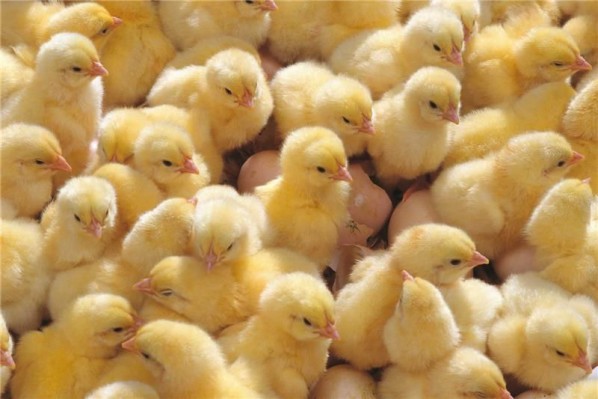
Ventsexig or Japanese way
If it is necessary to determine the sex of the chicken on an industrial scale, an accurate (up to 95%) Japanese method can be used.
Its specificity consists in some complexity of implementation without the presence of production experience and limited time intervals during which a reliable result can be obtained without prejudice to the chick.
Note! The time to complete the procedure is between 6 hours after the chick is born, 15 hours for egg breeds and 18 hours for meat breeds.
The upper limit is limited by the considerations that by manipulating the immature body of the chick, serious harm to health can be caused.The lower one is due to the fact that at the indicated time intervals a fold appears in the area used to determine gender identification, complicating both the operation and affecting the accuracy of the results obtained.
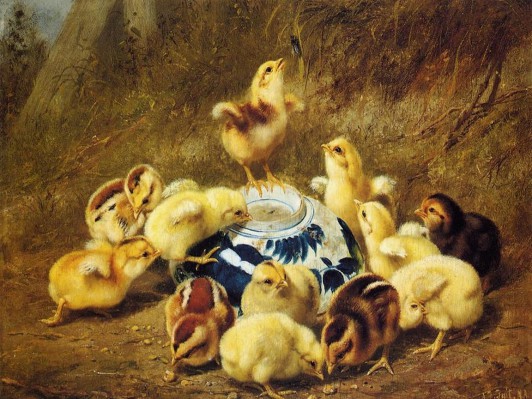
To use it, you must sequentially perform the following manipulations:
- press gently on the abdomen of the chick to allow the remaining feces to escape;
- using a cotton swab or napkin, clean the cloaca from the expelled feces;
- holding the legs, it is necessary to gently turn the chicken over and, pushing the cloaca apart, press on the stomach;
- inspect the area of the cloaca from the abdomen, if there is a small protrusion on its surface, the studied chick is male.
Despite the large number of manipulations, the method makes it possible, with some experience, to identify up to 700 chicks within 1 hour.
Important! Its use should be abandoned in the absence of sufficient experience, since in this case there is a high risk of introducing infection into the reproductive system of the bird and losing a significant part of the herd.
Reflex (behavioral) way
In fact, this method of chick sex determination is represented by three methods of determining the motor and behavioral responses of the chick to the evaluator's actions. These methods are based on the difference in gender responses to negative or disturbing factors.
Note! The advantage of this group of methods is the possibility of using them to determine the sex of chicks both at a weekly and at a month old with an equally high degree of reliability of the results.
- The simplest of this group of ways, not very accurate results, consists in the fact that the chicken is turned over so that its head is facing the ground. If the chick tries to look around or to raise its head up, most likely it is a male. If the tested individual clumps or retracts its head, then with a high degree of probability it is a chicken.
Important! When using the method, abrupt movements should be avoided; when turning, it is necessary to hold the chick's head until the final position is reached.
- Second way provides for taking chicks by the scruff of the neck and lifting them above the surface of the box to a small height. Behavioral observations allow males to be distinguished by the fact that they will hang vertically or look around, in contrast to chickens, which will attempt to twist their legs to bring them closer to the body.
By the way! A variation of this method is placing the chicken in the palm of your hand and turning it over to a horizontal position. If at the same time the test individual tries to pull his head to the stomach, it belongs to the female sex. And although the reliability of this method is not higher than 65%, its use in combination with other methods allows you to painlessly determine the sex of the chick.
- Next method based on the difference in behavioral responses of the sexes to emerging stressful situations. To complete it, it is enough to scare the young brood, while the chickens will begin to group or hide on the perches. Roosters may at first get scared and run, but then, straightening their necks and adopting a defensive stance, they begin to prepare to repel aggression.
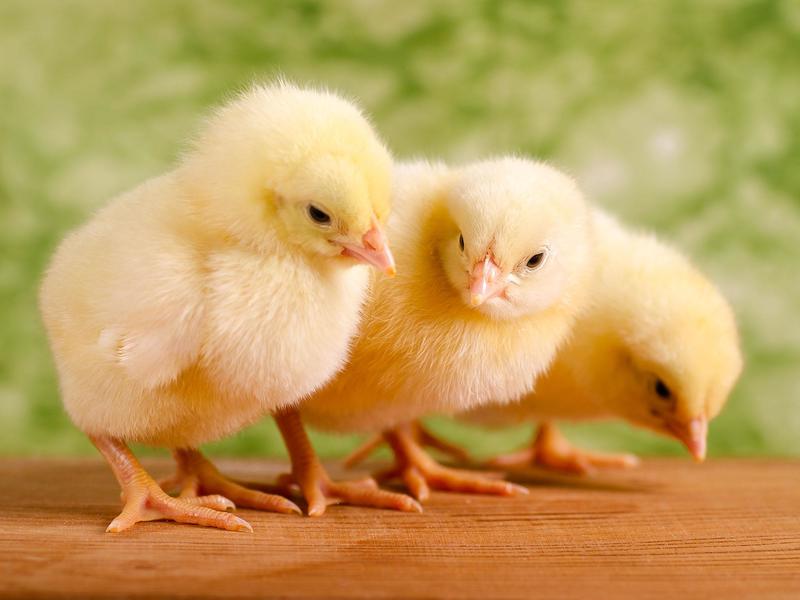
Over the egg
Several different methods are known for determining the sex of a chick at the stage of its formation in the egg. To fulfill them you need:
- Look at the shape of the egg, while round outlines indicate the formation of a chicken inside it, and products with a sharp and elongated end indicate the appearance of a male.
- Taking an egg, place it with its sharp end up, slide it over its surface with the fingers of your free hand. If the palpable surface has a smooth texture, the embryo inside is represented by a female, in the presence of elevations and tubercles, the probability of a rooster being born is high.
- Turn on the ovoscope to scan the internal structure of the poultry clutch products. When conducting a study with this device, it is necessary to move from the sharp part of the egg to the blunt surface until the air chamber appears in the field of view.
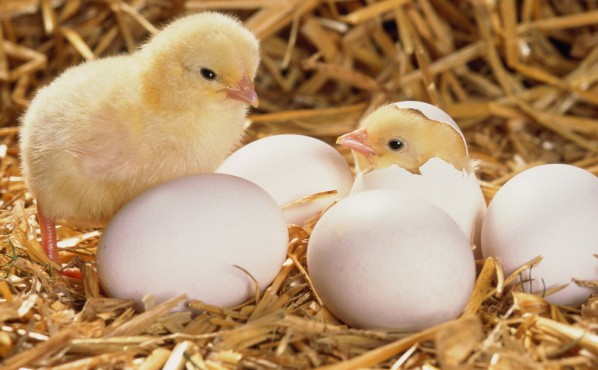
Note! The location of the air chamber inside the egg will help determine the sex of the chick. So, if it is located in the center of the blunt side, in the future a male will be born, if its location is shifted to either side, we should expect the appearance of a laying hen.
By gait
To carry out sexual identification using this method, it is necessary to examine the paws of chickens, males differ from females in wider, longer and fleshy legs. The differences, determined when walking, are that males can be distinguished in a herd by their wide gait and raising of the legs when moving. Unlike them, young chickens, when moving, raise and lower their paws in a gait rhythm.
By the way! To determine the sex of Orpington and Cochin chickens, you can by voice.
The listed methods make it possible, with varying degrees of reliability, to carry out sexual identification of newborn and young chickens. Knowledge of chick sex determination methods will help to avoid mistakes when purchasing layers for flock renewal.

